The Nasher Museum of Art presenting the first-ever exhibition of works by Carlo Dolci
Carlo Dolci, The Virgin and Child with the Infant Saint John the Baptist, ca. 1635. Oil on wood, 31 1⁄8 inches (79 cm) diameter. Museum of Fine Arts, Houston. Gift of Herbert Godwin.
DURHAM, NC.- The Nasher Museum of Art is presenting The Medici’s Painter: Carlo Dolci and 17th-Century Florence, the country’s first-ever exhibition of the remarkable paintings and drawings by Carlo Dolci (1616-1687). A favorite of the Medici court, Dolci was a celebrated and popular artist in his day, but his personal and original interpretation of sacred subjects fell out of favor in the 19th century. The Medici’s Painter invites us to see this artist with new eyes. The meticulously painted and emotionally charged works that were carefully selected for this exhibition, from U.S. museums as well as important private collections and major museums in Europe, allow for a reassessment of an Old Master painter whose reputation deserves to be restored.
Dolci was a precocious child, entering the workshop of Jacopo Vignali at the age of nine. Very early, his extraordinary gifts as a painter were discovered by Don Lorenzo de’ Medici and other powerful persons in Florence, who recognized Dolci’s remarkable ability to render details from nature, especially facial features and hands, as well as complicated drapery. As a boy and throughout his life, he was called “Carlino” (little Carlo), possibly because of his short stature and humble character. He was also extremely pious. If not diligently practicing drawing or developing his painter’s craft, he often could be found praying in Santa Maria Novella
Carlo Dolci, Self-portrait, 1674. Oil on canvas, 29¼ x 23 ⅞ inches (74.5 x 60.5 cm). Galleria degli Uffizi, Florence. Scala / Art Resource, NY.
“When it comes to the art of painting, in the future the world would be less beautiful if every century did not have its Carlino.” — Filippo Baldinucci, Notizie de’ professori del disegno da Cimabue in qua, 1681-1728
In 1632, when he was 16, Dolci opened his own workshop in Florence. One of his pupils was Filippo Baldinucci, who would become the leading connoisseur in Florence, and the author of the official biography of his “beloved Carlino.” Unlike most of his contemporaries, Dolci refused most commissions for large altarpieces and frescos. Baldinucci tells us that, rather early in his career, Dolci vowed to paint only religious works. A handful of portraits have survived, however, including the exhibition’s dashing Portrait of Stefano della Bella, which demonstrates Dolci’s skill in capturing the sitter’s personality as well as every fold and ruffled edge of the multi-layered linen collar.
Carlo Dolci, Portrait of Stefano della Bella, c. 1631. Oil on canvas, 22 ⅞ x 18 ⅛ inches (57.9 x 46 cm). Galleria Palatina, Palazzo Pitti, Florence, Italy. Finsiel/Alinari / Art Resource, NY.
The Medici’s Painter also contains a rare still life, Vase of Tulips, Narcissi, Anemones and Buttercups with a Basin of Tulips. The Medici coat of arms in the middle of the gilded vase suggests it was a commission he could not turn down. Dolci’s real desire, however, and his spiritual mission, was to paint intimate depictions of divine subjects that would inflame the faith of those who viewed them.
Carlo Dolci, Vase of Tulips, Narcissi, Anemones and Buttercups with a Basin of Tulips, 1662. Oil on canvas, 27 3⁄5 x 21 ¾ inches (70 x 55 cm). Galleria degli Uffizi, Florence.
The Medici’s Painter gives us an opportunity to study Dolci’s painstaking application of paint using ultrafine brushes, and only a few bristles, or the concentration it took to make tiny details look so real, as in the lace on the cloth beneath the Christ child’s feet in the foreground of The Virgin and Child with Lilies from Montpellier. One of the first things visitors will notice about a Dolci picture is his brilliant sense of color, achieved by his access to expensive materials, such as real gold and ground lapis lazuli, which accounts for the beautiful blues. There is often a high finish that gives the surface a smooth, enamel-like quality.
Carlo Dolci, The Virgin and Child with Lilies, 1642. Oil on canvas, 31.5 x 26.2 inches (80 x 66.5 cm). Musée Fabre, Montpellier, France. Scala / Art Resource, NY.
Dolci’s technique was time-consuming and exacting. He was notoriously slow, a perfectionist who might take as long as 11 years to finish a canvas to his own satisfaction. Another habit contributed to the inordinate length of time: According to his biographer, Dolci would recite the litany Ora pro nobis (pray for us) between each brush stroke and sometimes write inscriptions on the back of his canvas. The Medici’s Painter includes a fine example of such a canvas, so visitors can see Carlino’s tiny florid script.
“Dolci was an incredible colorist and an impeccable draftsman,” said Sarah Schroth, Mary D.B.T. and James H. Semans Director of the Nasher Museum. “Visitors will delight in his perfect rendering of hands and faces — and will be dazzled by his colors, such as the intense blue made from ground lapis lazuli.”
Carlo Dolci, The Repentent Saint Peter, early 1650s. Oil on canvas, 58 x 61 1/4 inches (147 cm x 155.6 cm). The Bob Jones University Museum and Gallery, Greenville, SC.
The Medici’s Painter is accompanied by a fully illustrated catalogue, published by the Davis Museum at Wellesley College ($35, Yale University Press). The catalogue was edited by exhibition curator Eve Straussman-Pflanzer, head of the European art department and Elizabeth and Allan Shelden Curator of European paintings at the Detroit Institute of Arts.
The Medici’s Painter features essays by Straussman-Pflanzer and other leading early modern scholars: Francesca Baldassari, Edward Goldberg, Lisa Goldenberg Stoppato and Scott Nethersole. The catalogue is available at the Nasher Museum Store.
Carlo Dolci, The Virgin and Child, late 1640s. Oil on canvas, 44 ½ x 39 ¼ inches (112.7 cm x 99.7 cm)
Collection of The Bob Jones University Museum and Gallery, Greenville, South Carolina.
Carlo Dolci, Poetry (Poesia). Oil on panel, 21 1⁄3 x 16 3⁄6 inches (54 x 42 cm). Galleria Corsini, Florence.
Carlo Dolci, Angel of the Annunciation, early 1650s. Oil on canvas, 20 ½ x 15⅞ inches (52 cm x 40 cm). Musée du Louvre, Paris. © RMN-Grand Palais / Art Resource, NY. Photo by René-Gabriel Ojéda.
Carlo Dolci, Saint Apollonia, c. 1670. Oil on canvas, 25 ½ x 21 ½ inches (63.9 x 53.9 cm). Robilant & Voena London - Milan - St. Moritz. Courtesy of Robilant + Voena
Carlo Dolci, St. Matthew Writing His Gospel, 1640s. Oil on canvas, 52 5/8 × 44 3/4 in. (133.7 × 113.7 cm). Los Angeles, The J. Paul Getty Museum, inv. no. 69.PA.29. Digital image courtesy of the Getty's Open Content Program.
Carlo Dolci, Portrait of a Girl, about 1665. Black and red chalk on cream-colored paper, 6 1/16 × 4 7/8 inches (15.4 × 12.4 cm). The J. Paul Getty Museum, Los Angeles. Digital image courtesy of the Getty's Open Content Program.
Attributed to Carlo Dolci, The Blue Madonna, 17th Century. Oil on canvas, 21 x 15 ½ x 3/4 inches (53.3 x 39.4 x 1.9 cm). Bequest of John Ringling, 1936, SN136. Collection of the John and Mable Ringling Museum of Art, the State Art Museum of Florida, Florida State University. © The John and Mable Ringling Museum of Art.

/https%3A%2F%2Fprofilepics.canalblog.com%2Fprofilepics%2F1%2F0%2F100183.jpg)
/https%3A%2F%2Fstorage.canalblog.com%2F03%2F02%2F119589%2F96711876_o.jpg)
/https%3A%2F%2Fstorage.canalblog.com%2F11%2F31%2F119589%2F94773502_o.jpg)
/https%3A%2F%2Fstorage.canalblog.com%2F20%2F83%2F119589%2F94772815_o.jpg)
/https%3A%2F%2Fstorage.canalblog.com%2F26%2F72%2F119589%2F75604929_o.jpg)
/https%3A%2F%2Fstorage.canalblog.com%2F59%2F60%2F119589%2F26458628_o.jpg)

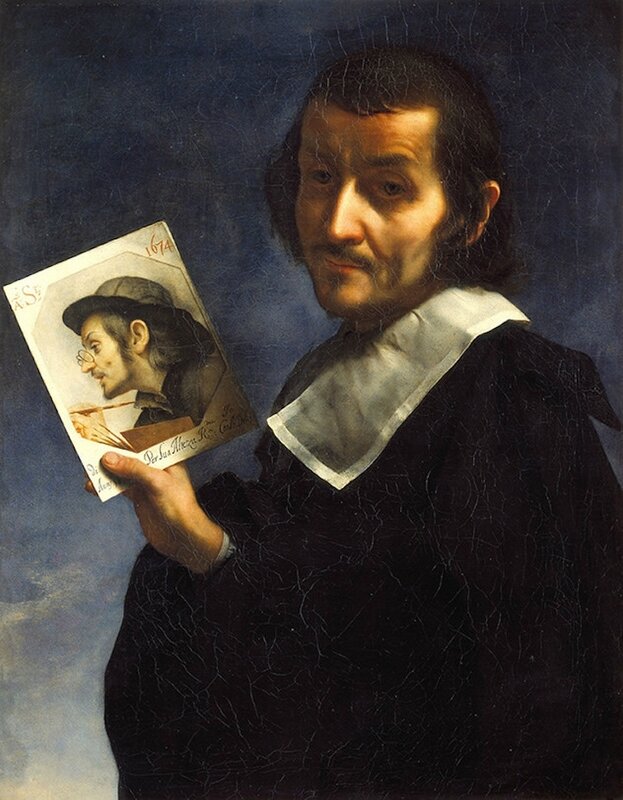



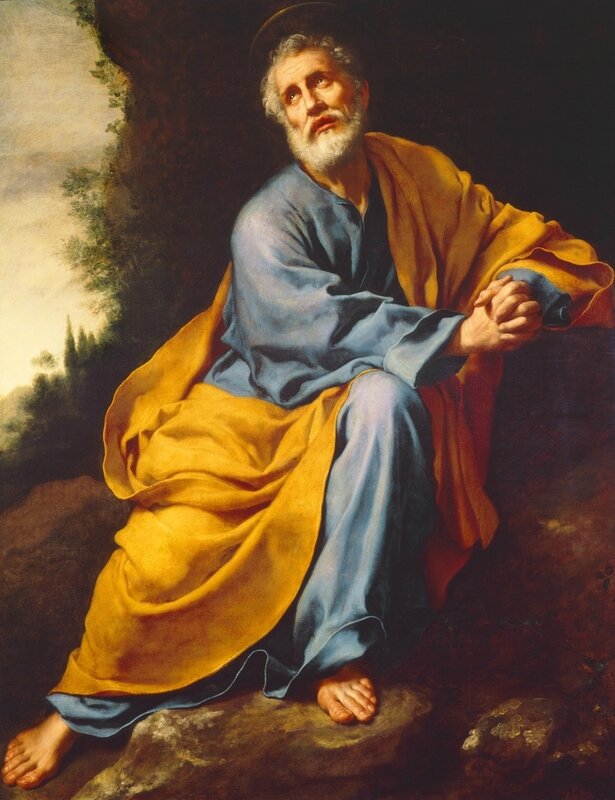

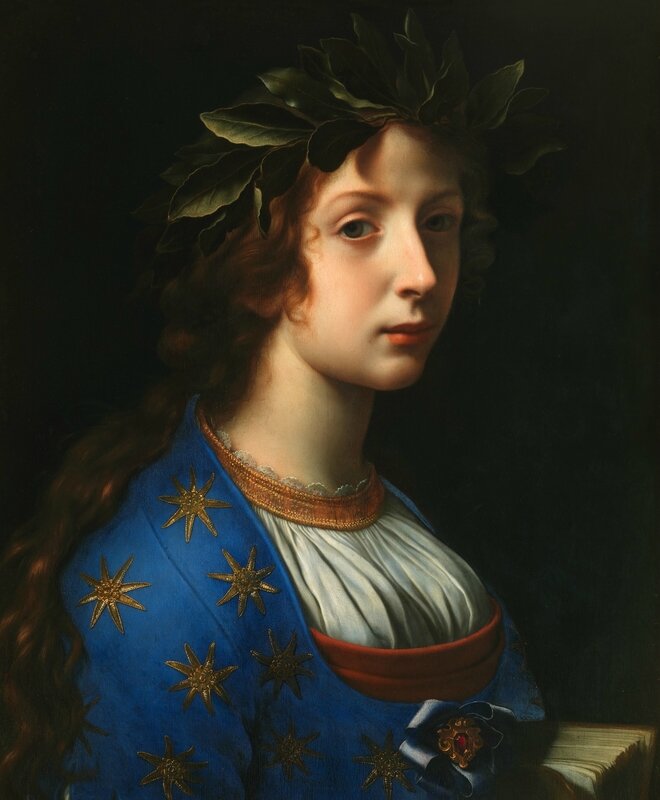
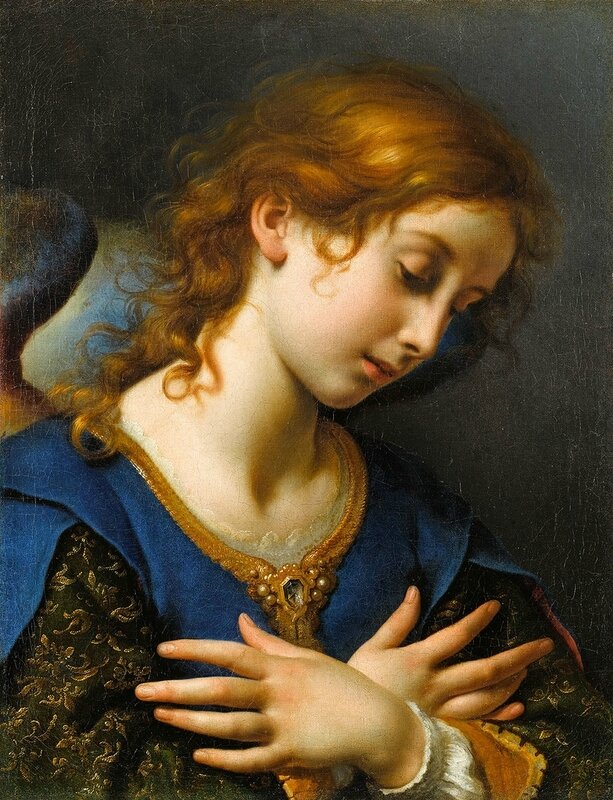

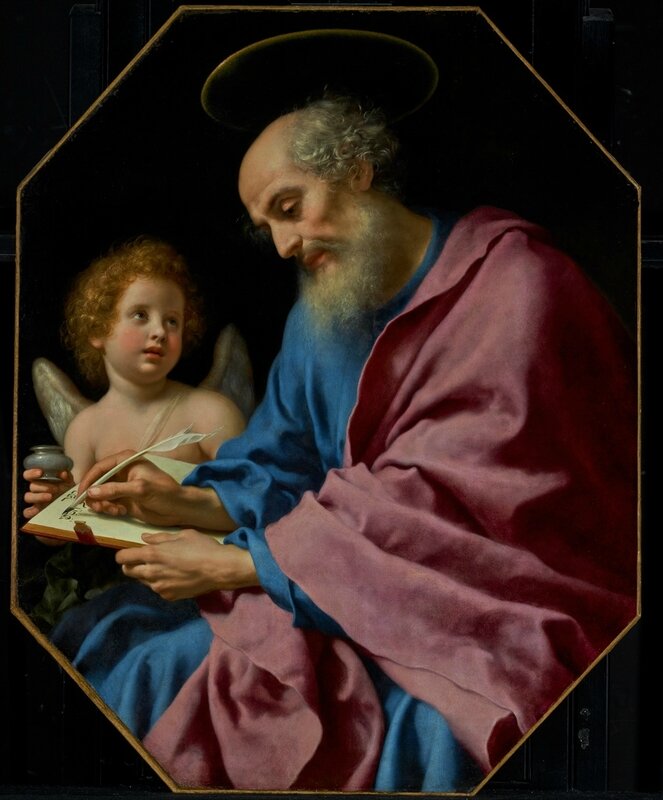

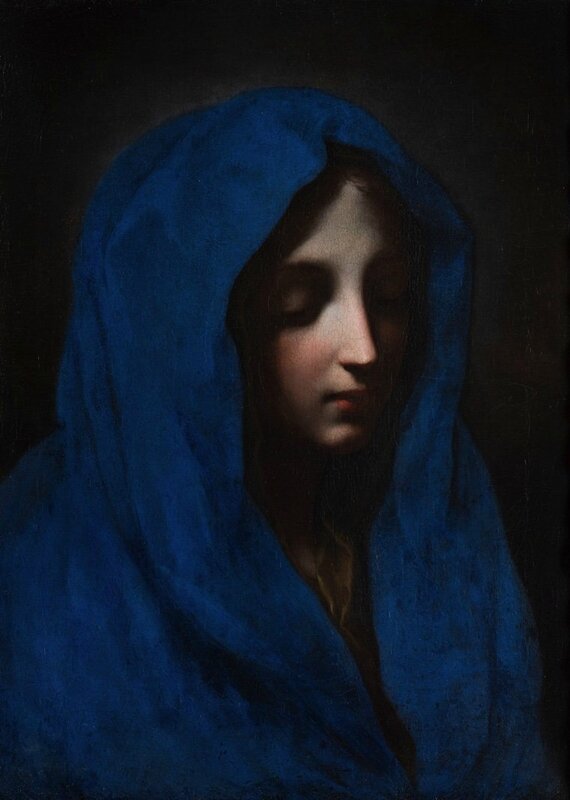


/http%3A%2F%2Fstorage.canalblog.com%2F70%2F10%2F119589%2F121464805_o.jpg)
/http%3A%2F%2Fstorage.canalblog.com%2F38%2F40%2F119589%2F89306451_o.jpg)
/http%3A%2F%2Fstorage.canalblog.com%2F80%2F35%2F119589%2F34551434_o.jpg)
/image%2F1371349%2F20240426%2Fob_dcd32f_telechargement-32.jpg)